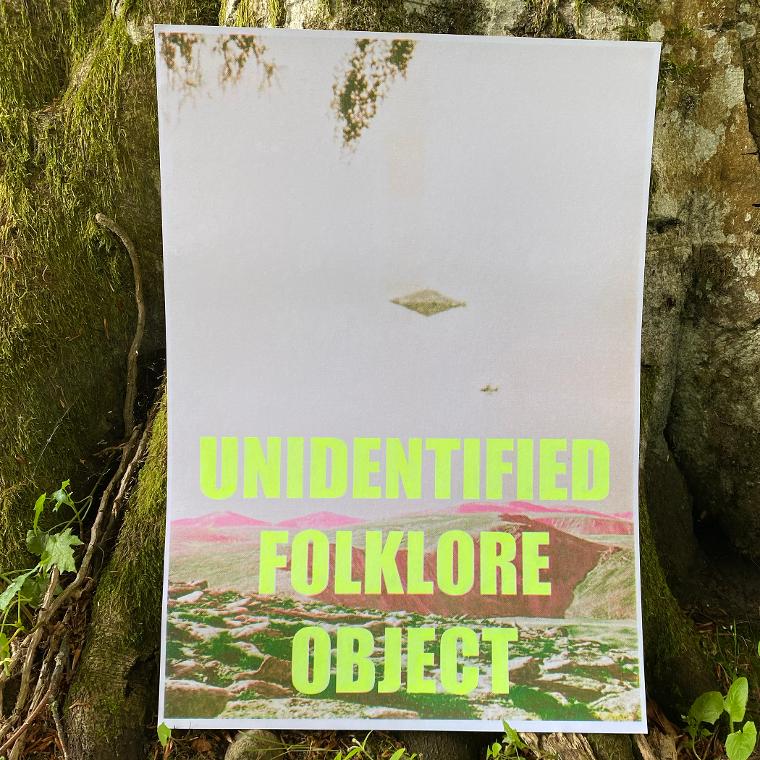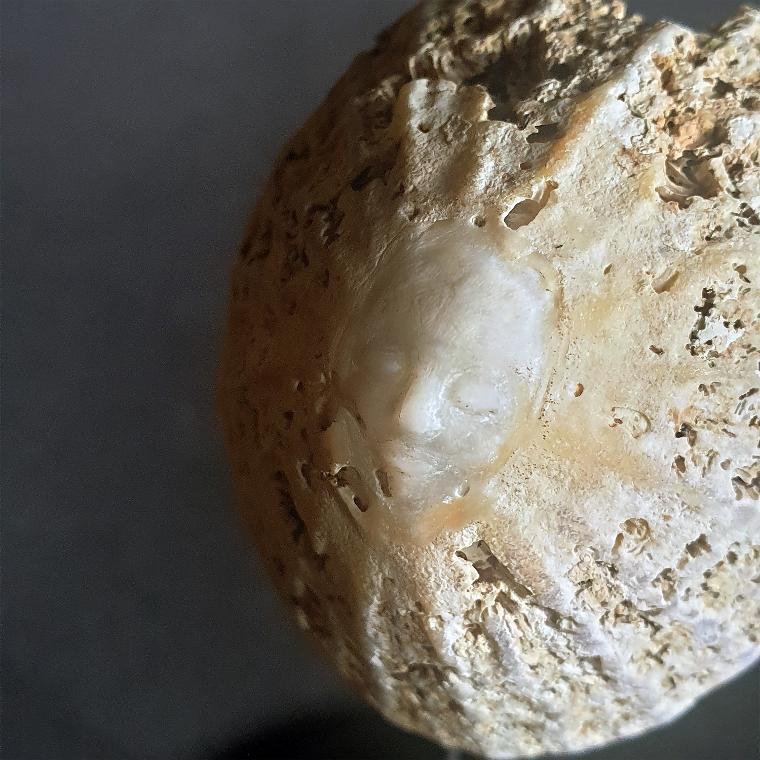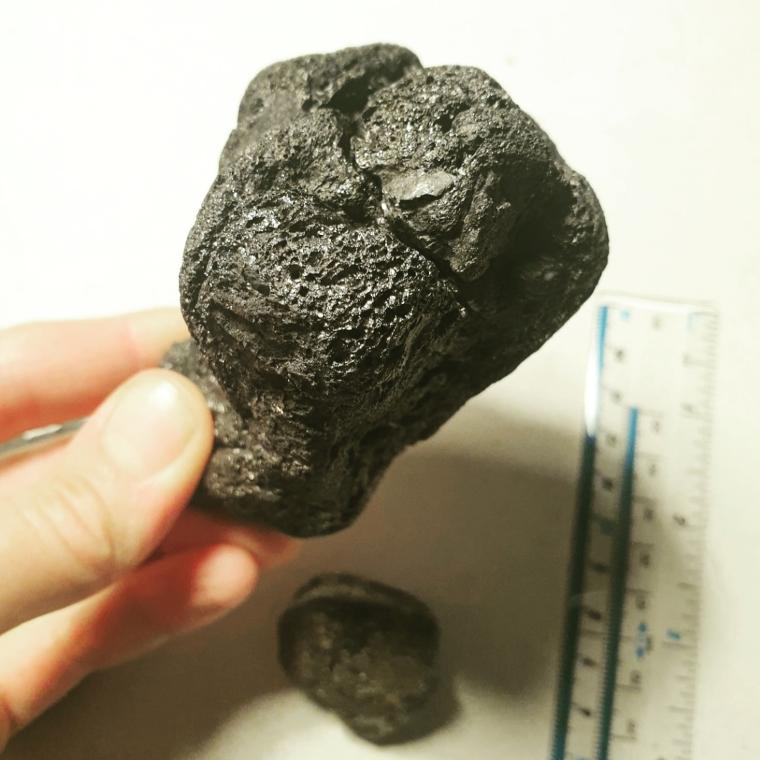more onInstagram @gibson.emma
Selection of projects:
(CURRENT) DELUXE MISCELLANEA
Based in the Scottish Highlands, Deluxe Miscellanea is a sort of art-workshop that sells hand-made multiples, prints, gifts and bits and bobs to live by, created entirely by artists.Born from a conversation on how to occupy the middle-ground, somewhere between the gallery and the gift shop, with meaningful work and interactions.
We’ve pooled our skill sets and inspiration and we’re going to try new things out on the regular and see how we go. Deluxe Miscellanea is an indefinite work in progress.
find out more here deluxemiscellanea.com


(CURRENT) DECOY - Expanding the idea of an ecological uncanny valley, a “crisis of the natural” in aesthetics applied to our habitat, by investigating ‘pyroplastic pebbles’ : a new form of burnt plastic beach pollution with a geogenic appearance that evade ready detection and would be considered to be normal pebbles to the untrained eye. A kind of stealth pebble hiding in plain sight who’s purpose is to lure or entice us away from our intended course.
Mineral luminosity and folklore surrounding luminous gemstones is incredibly prevalent across global cultures. Some stories about light-emitting gems may have been based on luminescent and phosphorescent minerals, some of which are activated by holding them in your hands. The first discoveries (Sydney Hobart Ball: Luminous Gems, Mythical and Real 1938) speak of luminous gems being used to illuminate buildings, for navigation lights on ships os sometimes as guiding lights for lost persons. This project considers these strange pyroplastic pebbles as a kind of ‘future myth’ , the historical purpose they could hold for future generations, and as a kind of moral way-finding tool.
There is a specific example of an ancient Chinese phosphorescent mineral known as a Dragon or Phoenix pearl, a real stone now almost impossible to find and once legally protected in the country, Ye Ming Zhu became synonymous with mythical creatures who were thought to have created it, being used to decorate spiritual places and gardens, it began to be re-created in order to offer it to the public sometime in the 1960’s. It was first reproduced as a fake version of the stone using radioactive elements such as radium, since banned, it is now made using ceramics with the chemical compound Strontium Aluminate that has a very high phosphorescence value. (Strontium Aluminate is used to mimic bioluminescence and reduce unnatural light in sensitive areas such as around observatories or shores with drifting plankton.) A future Decoy is born as it hints at mythical and ancient stones but becomes a fake of itself over time, sometimes toxic, at other times magic.
To be continued...
R&D supported by an Open Fund Grant for Individuals from Creative Scotland and an Artists Bursary from The Artists Information Company
With thanks to Dr Lonneke Goddijn-Murphy, a research fellow at the UHI Environmental Research Unit for doing experiments with Thermal infrared imaging. Also specialist museum artefact scanners ThinkSEE 3D to scan and model pebbles from my pyroplastic beach finds, and biomaterials artist Kaitlin Ferguson for test 3d printing new pebbles in biomaterials such as coffee, seaweed, sodium alienate, chalk and wood, incorporating the compound strontium aluminate to make them glow.







‘Quicksand’ (2020) by Emma Gibson
'Quicksand’ is about assumptions in relation to perceptions: we assume that there is the same amount of sand available as stars in the sky. We can't live without it, roughly 4 tons of concrete are produced each year for every person on Earth, but most people will say, ’just use sand from the Sahara to build stuff. We’ve got loads of sand.’, but you can’t because it’s wind-blown and all the grains are circular so they don't stick together. People are stealing sand (organised into Mafia's) because it’s a seriously valuable commodity. Some go to the beach to sunbathe; others turn up in the middle of the night in a truck to take the sand away. It's also dredged from seabeds and rivers and it's regulation as a natural resource is being campaigned for globally. This project offers a monument to something so tiny, deadly and necessary.
This triptych of sculptures by artist Emma Gibson sees miniscule grains of sand transformed into megalithic forms, putting this endangered but seemingly ubiquitous material – used to make anything from phone screens to windows, plastics to paint – quite literally under the microscope. Using micro-3D scanning technology, Gibson worked with The Imaging and Analysis Centre at the Natural History Museum to discover the otherworldly shapes of individual sand grains before recasting them as colossal forms. Each piece was made using recycled plaster, cliff chalk, timber and a pioneering resin made from recycled plastic bottles, monoliths for unregulated natural resources.
more information on the project can be found here.
Commissioned for Selfridges ART BLOCK, curated by The Yorkshire Sculpture Park, collection of Scarborough Museums Trust
With thanks to the Imaging and Analysis Centre, Core Research Laboratories, The Natural History Museum for lab time and creating the first micro-3d models of sand grains with me, and sustainable fabricators SPACER for helping me use a first-to-market PET resin, film by POOK productions.






POINT BREAK - infra red reflective paint, Jesmonite, iron rebar 2019
Presented in a kind of ‘post-augmented reality’ where the real world simulates software driven environments and a parallel universe is detected only via smart devices’ hardware, Point Break is an installation about obstructions that cause a wave to break – like the momentary release between preparing for the end of surfing the internet and submitting to it. Sculptures of British Female World Champion sumo wrestler Hali Keenan made from 3D scans form a blockade of concrete tetrapod sea defences that float inside a grid that is only visible through a smart phone camera's infrared detector - creating the illusion of an augmented reality app made entirely of physical means, a simulation of a simulation.
Commissioned by the Margate Festival x Turner Prize. Supported by grant from Arts Council England with National Lottery Funding, Kent County Council Arts Investment Funding and Albedo 100 sponsorship.
With thanks to the National Sumo Federation, Hali Keenan, South Eastern Railway, Well Projects Gallery and Spacer.





LAST TO GO - mixed reality installation (3D scanned sculpture, wood/tape, AR application) 2018
Will you survive when the world is automated? Will you even see it coming?
Set: The holodeck is a fictional plot device from the television series Star Trek. It is presented as a staging environment in which participants may engage with different virtual reality environments. From a storytelling point of view, it permits the introduction of a greater variety of locations and characters that might not otherwise be possible, such as events and persons in the Earth's past or future, and is often used as a way to pose philosophical questions. Although the Holodeck has an advantage of being a safer alternative to reality, many Star Trek shows often feature holodeck-gone-bad plot devices in which real-world dangers (like automation) become part of what is otherwise a fantasy. The first appearance of a holodeck (originally called a 'recreation room') in Star Trek came in the animated series (1974). Some say they were leaked into the public conscious in popular tv shows by the ‘Deep State’, as a way to prepare society for the near-future inevitabilities of technology. Model wears: Industry grade orange trash bags, routinely adapted by "survivalists" in order to provide basic shelter, to weather a storm or the aftermath of a disaster until help comes.
Commissioned by Turner Contemporary, Dreamland Margate, Kent County Council and Margate Festival for Margate Arts Festival NOW 2018.
Supported by a grant from Arts Council England with National Lottery Funding.





SHELLING OUT- plaster, acrylic, mixed media, found objects 2015
installation consisting of creation processes and display areas, based on ‘shell lunacy’ or Conchlyomania - tanks holding pairs of completely identical sea shells for sale lets the viewer decide which are real and which are valuable. Original shells collected from Thanet and Kent coastline, fake shells hand-cast in plaster and meticulously painted over several months.
Exhibited at Crate Gallery Margate.




MATT WHITE EMOTION - unlimited coverage - white wash, tin, vinyl 2019
Durational performance/happening inside Selfridges Art Tank, Oxford Street London, as part of 'State of the Arts' one day artists' takeovers. Continually painting and cleaning after each other using whitewash with an unlimited edition paint tin created for the Art Shop along side.
Commissioned by Selfridges, London for State of The Arts



MACGUFFIN found objects (paper, leather) revolving platform, audio speakers 2017
A revolving installation and radio program trailer (audio) piecing together the mystery surrounding coded documentation hidden in a house in 2007 through interview snippets and ASMR SFX*as yet undeciphered - The Well Open School East, Margate.
*to hear the audio work press play below
AUDIO MacGuffin_EmmaGibson.mp3

